Summer Tips for Eye Care
Importance of UV protection
Beware of UV rays!
UVA and UVB wavelengths from solar radiation are invisible to the eye. The cornea absorbs about 80% of incident UVB radiation. Prolonged UVB exposure from the sun can cause oxidative stress to ocular structures within the eye. Ocular conditions associated with damage from UVB radiation include age-related macular degeneration, cataracts, glaucoma, dry eye, pterygium, Fuch’s endothelial corneal dystrophy and keratoconus.
Tips: If there is high levels of UV exposure outdoors, it is highly recommended to wear UV protection through sunglasses or clear prescription glasses. Contact lenses also have UV protection but they do not provide full coverage over the whole eye. Wearing a wide brimmed hat can also be a great option for those who want greater protection.
Benefits with Increased Time spent Outdoors
Have fun and be safe!
In this day and age, everyone is exposed to prolonged hours of electronic screen time and time spent indoors. Myopia progression is currently a hot topic because more children are becoming nearsighted at an alarming rate compared to the previous generations. Early interventions delivered during childhood is most beneficial when the eye is still developing since myopic maculopathy and other retinal diseases occur later in life.
Tips: For children, it is recommended that they spend an increased amount of time outside to help with eye development. The brightness of outdoor lighting and exposure of wavelengths can help the eye to emmetropize (or an optically perfect eye that doesn’t need prescription glasses). Increased time spent outdoors can help prevent a child from becoming near sighted if they are not already. Studies show that outdoor light exposure can reduce the risk of the eye elongating in axial length and increasing myopic nearsighted glasses prescriptions.
Take away?
Increased exposure to outdoor light is considered the safest, most cost-effective, and non-invasive intervention to prevent or delay the onset of myopia.
Author: Josephine Ko, OD, FAAO
References
Ivanov IV, Mappes T, Schaupp P, Lappe C, Wahl S. Ultraviolet radiation oxidative stress affects eye health. J. Biophotonics. 2018; 11:e201700377. https://doi.org/10.1002/jbio.201700377
Dhakal R, Shah R, Huntjens B, Verkicharla PK, Lawrenson JG. Time spent outdoors as an intervention for myopia prevention and control in children: an overview of systematic reviews. Ophthalmic Physiol Opt 2022; 42: 545–558. doi:10.1111/opo.12945
Zhang, P., Zhu, H. Light Signaling and Myopia Development: A Review. Ophthalmol Ther 11, 939–957 (2022). https://doi.org/10.1007/s40123-022-00490-2



